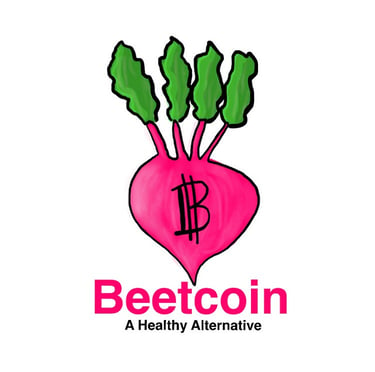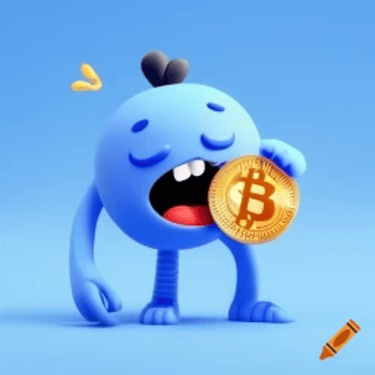Olympus DAO: Central Banking for Cryptocurrency
Discover how Olympus DAO is revolutionizing central banking for cryptocurrency through innovative DAO governance. Learn about its unique features and benefits for the crypto ecosystem.
DEFI
4/29/20253 min read


Stablecoins have a broad range of issues and are by no means a perfect solution for a crypto native currency. They have centralisation issues as often the reserves are held by institutions within the traditional financial system which is a problem for a decentralised currency. This issue has been ongoing within the crypto space with many attempts to solve it with algorithmic stable coins among others, but none have been able to compete on the scale of USDC and USDT in marketshare while maintaining decentralisation
The concerns with stablecoins do not purely stop at reserve centralisation and algorithmic issues but also the underlying issue with utilising traditional fiat currencies as a stable currency. The problem is while stablecoins may appear stable and crypto-native, their value is tied directly to the decisions made by the board of the federal reserve. Quantitive easing has become more prominent since the banking bailout in 2008 and unprecedented amounts of money have been created to stimulate economies with the most notable influx of the currency supply seen in 2020 during the covid-era, reducing the value of the US dollar. Since 2008, the value of the world reserve currency (US dollar) has seen a significant 30% drop in its value, so while this currency may offer stability in the short term, in the medium to long term it does not function properly as a stable asset and lacks the decentralised properties which are necessary to be called a stablecoin
A central bank is a nation's primary monetary authority, responsible for maintaining economic and financial stability. Its core functions include controlling inflation by adjusting interest rates, money supply, issuing and regulating the national currency, and supervising commercial banks to prevent crises. The central bank also acts as a lender of last resort during financial emergencies, manages foreign exchange reserves to stabilize the currency, and supports sustainable economic growth. By balancing these roles, it ensures a stable financial system, fosters public confidence in the currency, and promotes long-term economic health
The Impossible Trinity problem states that a country cannot simultaneously maintain a fixed exchange rate, free capital movement, and an independent monetary policy, so one must pick two of these three. The global reserve currency has a fixed exchange rate and free capital movement, with independent monetary policy not being chosen. Olympus DAO prioritises decentralisation sacrificing a fixed exchange rate. Olympus DAO attempts to address the issue of a decentralised reserve currency by creating launching a decentralised central banking system, managed through DAO governance which will be issuing a floating currency, OHM tokens. These new tokens will be backed by a pool of cryptographic assets including ETH, FRAX and DAI, giving the currency real value, similar to how the US dollar used to be able to be exchanged for gold before 1971, preventing devaluation of the currency. OHM digitises and decentralises this process, bringing the best of both worlds of central banking and decentralised DAO management into one
Olympus operates on a system of protocol owned liquidity as the stability of the treasury is quite important to OHM. It works by Olympus issuing bonds, where the user can exchange their cryptocurrency to buy some OHM with a discounted price, as the user will receive the OHM in 5 or 14 days. This is a useful system as if more liquidity is needed within the Olympus treasury, the discount for OHM can simply be increased, incentivising more liquidity to enter the system. OHM holders can stake their tokens which economically removes their tokens from the market, thus increasing the price of the token. The new OHM issued from selling bonds is also distributed to stakers, which have their balances automatically compounded every 8 hours. OHM has an implemented price floor at 1 DAI, if the value of OHM goes below 1 DAI, the protocol buys back and burns OHMs to reduce supply and maintain its floor price
Get in Touch
We'd love to hear from you! Reach out for questions, feedback or other enquiries
Reach
info@bitesizedblockchain.com
Bite Sized is not affiliated with these brands in any way





Grab your daily web 3 byte
